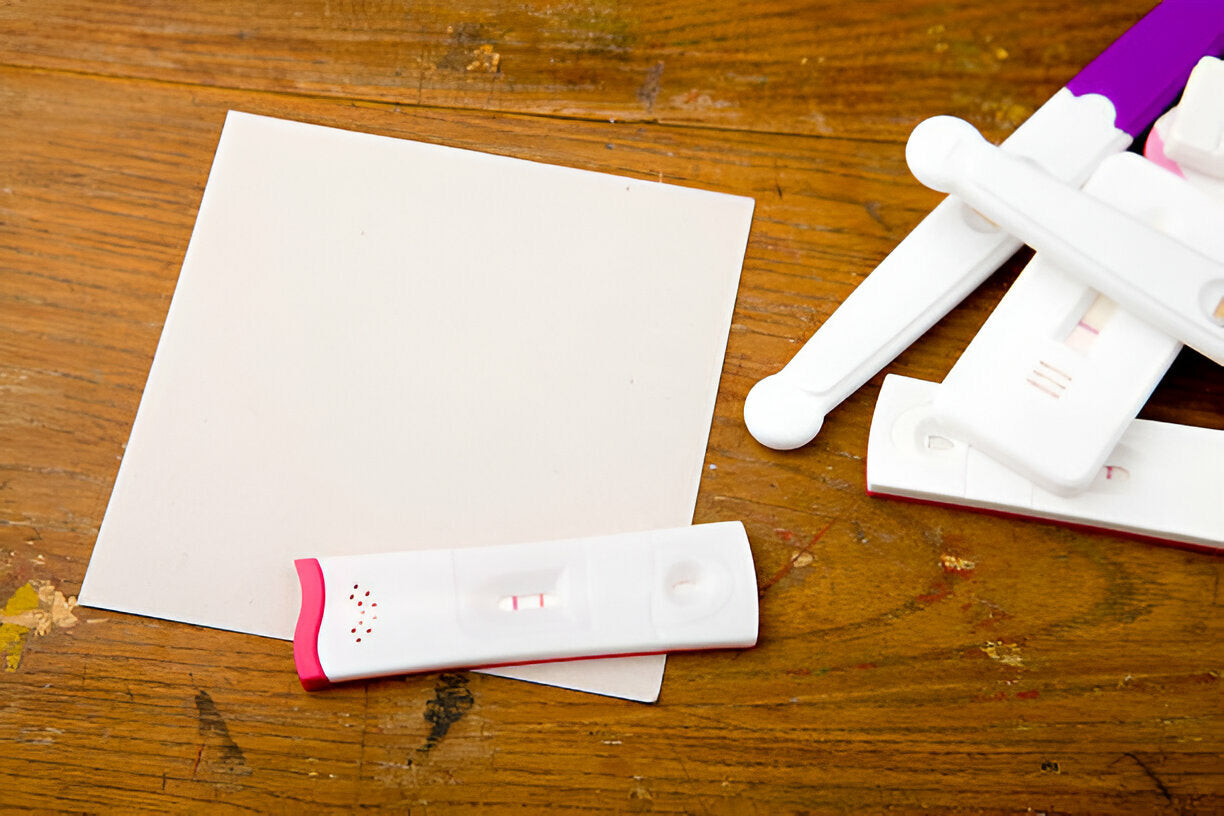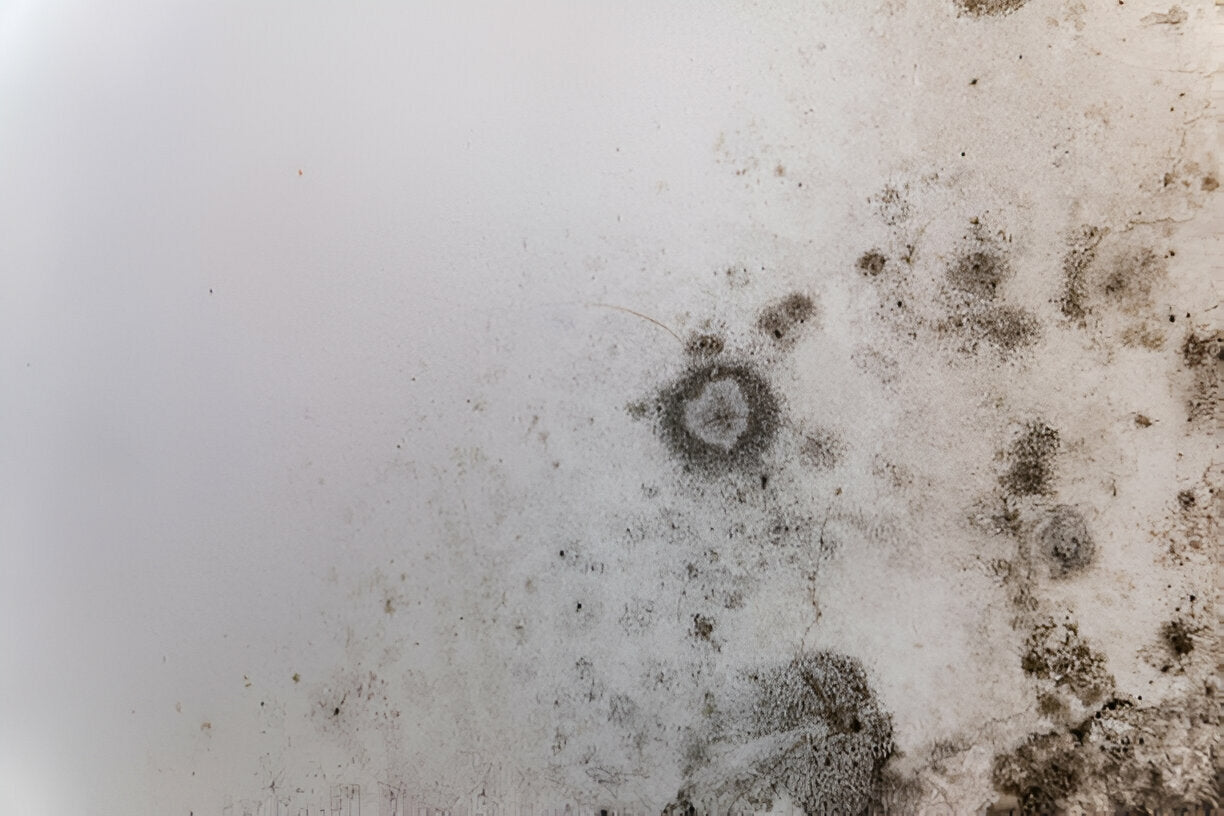Discovering mold on your clothing can be an alarming experience. Whether it’s a cherished outfit or a regular wardrobe staple, seeing those unsightly patches and noticing the musty smell is never pleasant. Mold thrives in damp, humid environments, and clothing—especially when stored improperly—can be an ideal breeding ground.
How Does Mold Develop on Clothing?
Mold growth on clothing typically occurs when fabrics are exposed to moisture for extended periods. This can happen in various scenarios:
-
Leaving clothes damp: Forgetting wet laundry in the washing machine or failing to dry items thoroughly before storing them.
-
High humidity levels: Storing clothes in basements, closets, or other areas with poor ventilation and high humidity.
-
Water damage: Clothing left in a flooded area or exposed to leaks can quickly become moldy.
Why Is Mold on Clothing a Problem?
Mold isn’t just a cosmetic issue; it can pose significant health risks and structural damage to your belongings:
-
Health risks: Mold spores can cause allergic reactions, respiratory issues, and skin irritation, especially for those with pre-existing conditions like asthma.
-
Fabric deterioration: Mold can weaken the fibers of your clothing, leading to permanent damage or staining.
-
Cross-contamination: Moldy clothing can spread spores to other items in your home, worsening the problem.
Identifying Mold on Clothes
Here are some signs that your clothing may be affected by mold:
-
Visible dark green, black, or white spots
-
Persistent musty or earthy odors
-
Discoloration or fuzzy textures on the fabric
Mold and Leather
Leather items such as purses, coats, and shoes are especially vulnerable to mold due to their natural composition. Leather’s porous surface can absorb moisture, making it an ideal environment for mold to thrive when exposed to high humidity, an active leak, or lack of ventilation. Closets filled with contents like clothes, boxes, and other stored items can further limit airflow, exacerbating the problem.
Signs of mold on leather include discoloration, a musty smell, and visible mold patches. As with clothing, we recommend professional intervention to clean and restore leather items safely. Attempting to clean mold from leather without proper expertise can result in further damage to the material or spreading of harmful spores.
When to Dispose of Moldy Clothes
Sometimes, mold damage is too severe, and salvaging the clothing may not be possible. Consider disposing of items if:
-
Mold has penetrated deeply into the fabric.
-
The clothing remains stained or odorous after multiple cleaning attempts.
-
The item poses a health risk to household members.
Steps to Remove Mold from Clothing
As our professional recommendation, the removal of mold-affected clothing should be handled by a professional. Disturbing mold can potentially release mold spores and mycotoxins into the air, posing health risks and contaminating other areas. Professionals have the necessary tools and expertise to safely remediate mold from fabrics without spreading spores or causing additional harm.
If you believe mold on your clothing is part of a larger issue, addressing the root cause is essential. MycoTest DIY mold testing kits can help identify underlying mold problems in your home.
Preventing Mold on Clothing
To avoid mold problems in the future, follow these preventive measures:
-
Dry clothes completely: Never store damp items.
-
Improve ventilation: Use dehumidifiers or fans in areas prone to high humidity.
-
Store properly: Keep clothing in breathable, dry storage containers rather than plastic bags.
-
Check for leaks: Address water leaks or flooding issues promptly.
Need Help with Mold Issues?
If mold on clothing is just one symptom of a larger problem in your home, MycoTest DIY mold testing kits can help you identify the root cause. Our professional-grade kits allow you to detect mold quickly and conveniently. Should you receive positive results, we’ll connect you with in-network professionals for remediation and further assistance.
Order your DIY mold testing kit today and take control of mold problems before they spread!






